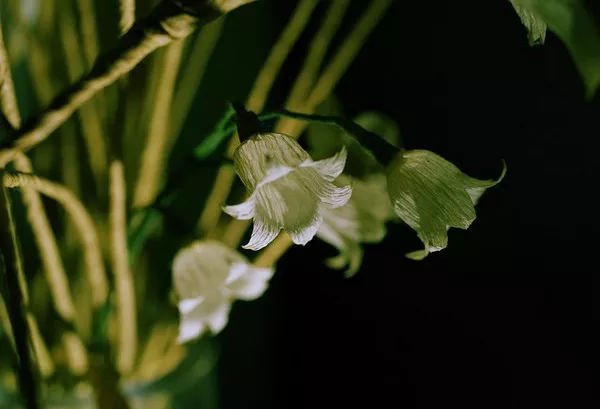Dried flowers, with their delicate allure and captivating charm, offer a unique way to savor the beauty of nature long after their original bloom. As you embark on your journey of preserving botanical treasures, understanding the longevity of dried flowers and employing proper care techniques becomes paramount. In this comprehensive guide, we will explore the lifespan of dried flowers, factors influencing their endurance, and effective strategies to extend their beauty for years to come.
See Also: A Comprehensive Guide on How to Dry Flowers
1. The Durability of Dried Flowers: A Glimpse into Timelessness
The lifespan of dried flowers is a testament to nature’s artistry and human ingenuity. When meticulously preserved, dried flowers can maintain their allure for an impressive duration, often ranging from several months to several years. However, the exact lifespan depends on several factors, including the flower type, preservation method, and environmental conditions in which they are displayed or stored.
2. The Role of Flower Types in Longevity
Different flower varieties possess varying degrees of durability when dried. Flowers with naturally sturdy structures, such as roses, lavender, and eucalyptus, tend to have longer lifespans as dried specimens. Delicate blooms, on the other hand, may be more prone to fading and brittleness over time. By selecting robust flowers for drying, you can enhance the longevity of your dried floral arrangements.
3. The Influence of Preservation Techniques
The choice of preservation technique significantly impacts the lifespan of dried flowers. Air-drying, silica gel drying, and pressing are some common methods. Silica gel drying, for instance, preserves flowers with minimal color loss and structural changes, extending their lifespan. Properly dried and treated flowers are more likely to retain their original appearance and vibrancy, enhancing their beauty for an extended period.
4. Shielding Dried Beauties from the Elements
Environmental factors play a crucial role in determining how long dried flowers last. Exposure to sunlight, moisture, and extreme temperature fluctuations can accelerate the fading and deterioration of dried blooms. To maximize their lifespan, display dried flowers in spaces with controlled humidity and away from direct sunlight. Protective cases or display boxes can shield them from dust and potential damage, contributing to their longevity.
5. Strategies for Extending Dried Flower Lifespan
a) Gentle Handling: Handle dried flowers with care, as they are delicate and prone to breakage. Avoid excessive touching and movement to prevent petals from becoming brittle or detached.
b) Regular Dusting: Dusting dried flower arrangements with a soft brush or compressed air removes debris and prevents the accumulation of dust particles, enhancing their visual appeal over time.
c) Avoiding Humidity: Moisture is the enemy of dried flowers. Keep them away from humid areas, as excess moisture can cause petals to rehydrate and eventually deteriorate.
d) Rejuvenation: Periodically spritz dried flower arrangements with a water-based floral spray to temporarily restore their suppleness and enhance their visual appeal.
e) Rotating Display: If you have multiple dried flower arrangements, consider rotating them in and out of display to minimize prolonged exposure to light and other elements.
In conclusion
the lifespan of dried flowers is a harmonious blend of nature’s inherent resilience and our careful preservation efforts. By selecting robust flower varieties, employing effective drying techniques, and providing optimal display conditions, you can extend the beauty of dried flowers for years to come. As you immerse yourself in the art of preserving botanical elegance, remember that each petal, each stem, and each arrangement embodies the enduring splendor of nature’s masterpiece.


